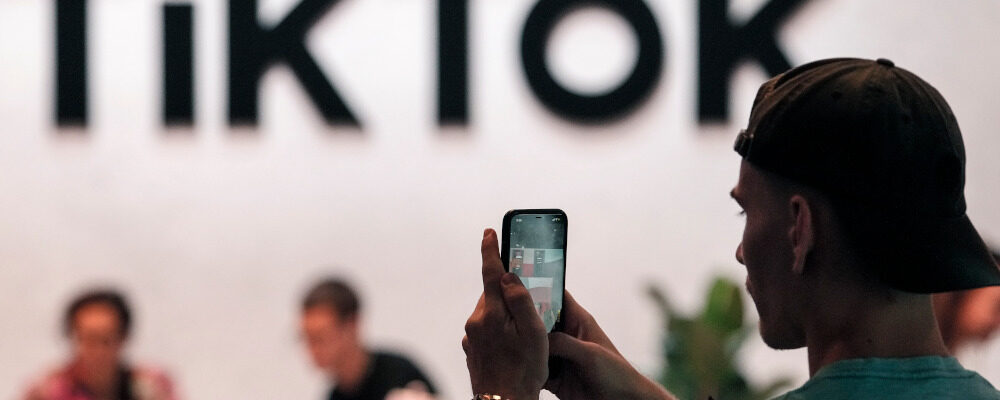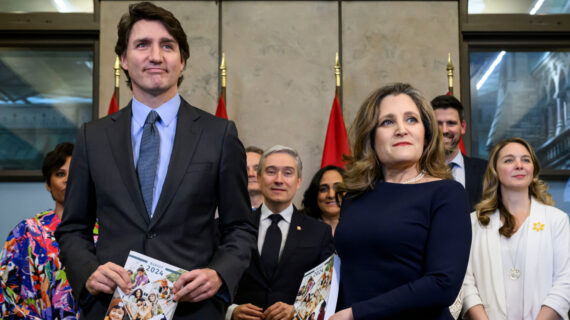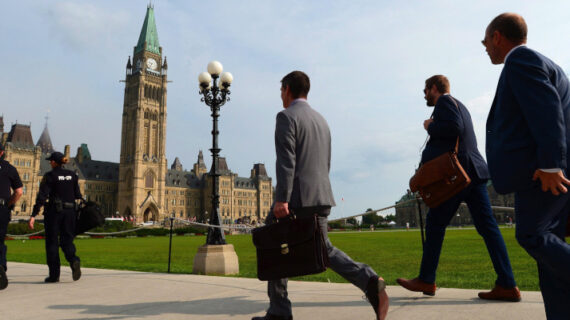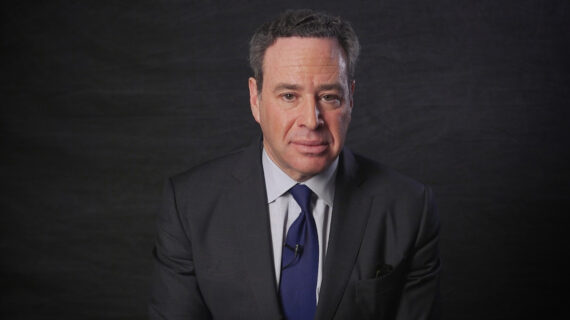The saintly editors here at The Hub have agreed to my request to produce one of my two monthly articles for the site as a monthly transatlantic diary. For those readers not familiar with the format, which is more common in British journalism, the diary is a grab bag of short items, sometimes on a common theme, but often not. In my case, what they have in common is that they are either too inconsequential to merit a full article or I can’t be bothered to come up with more than a knee-jerk reaction or a flip comment. This is March.
March
Even more than usual, Swinburne’s ode to the month of March reads like a mockery of his own style. Straining for musicality, he calls it the season when “sunshine quenches the snowshine.” I wish someone had told that to Ottawa, which I visited for the second time in two months this March. There was a little sunshine, but its effect on the snow was, if possible, even less poetic than Swinburne’s description. The slow emergence of winter’s detritus from beneath the receding snowdrifts added squalid texture to the usual grey dereliction. Ottawa in March looks like an archaeological dig in a dustbin.
***
I visited the National Gallery on both trips. Like so much of Safdie’s work, the building already looks blandly dated, but I enjoy spending time inside. The European collection contains a few gems—some favourites this month were Poussin’s vivid Martyrdom of Saint Erasmus, Jan Lievans’ sallow, sagging, and utterly defeated Job, and a Bronzino portrait of Pierantonio Brandini—but for the most part it is second class works by first-class artists and first-class works by second class artists. The major attraction is that, unlike most art museums, it is blessedly empty. It is a genuine pleasure to wander the nearly empty galleries, unharried by foreign tour groups or pouting, posing Gen Zers. The Canadian collection is deeper and more comprehensive, but almost equally unattended, and the curators have done a good job presenting it thoughtfully and occasionally imaginatively, as in the juxtaposition of old and new curatorial styles in the Ash K Prakash Gallery. It really is a lovely way to spend a few hours. I just hope people don’t start going.
On my second visit, I took in an exhibition titled “Uninvited: Canadian Women Artists in the Modern Moment.” I long ago learned to avoid the curatorial agitprop that accompanies most new exhibitions, and a glance at a few of the descriptive panels confirmed that this one was no different. Racism, social justice, exclusion, marginality: all the boxes were duly checked. The introductory panel earnestly explained how, unlike the “all-male painting collective, the Group of Seven,” Canadian women artists of the 1920s and 1930s didn’t go in for “dramatic and sensuously painted unpeopled landscapes.”
Except, as far as I could tell from the several dramatic and sensuous landscapes included in the exhibition, when they did. Most of the exhibition’s paintings could be hung comfortably next to the works of contemporary male painters and would be indistinguishable on the basis of sex. Emily Carr, whose works fill the last room of the exhibition, actually did show alongside Edwin Holgate and A.Y. Jackson in the old National Gallery in 1927, and Lawren Harris once told her that “you are one of us.” Her paintings are a reminder that the glib reductionism of the curators’ text wilts in the face of vital genius.

***
My second trip to Ottawa also coincided with the visit of U.S. President Joe Biden. I will leave it to others (and to myself, elsewhere) to comment on the trip’s highlights, but what caught my ear was Trudeau’s unscripted response when he was asked in the press conference whether he is comfortable with his children using TikTok. After some throat-clearing talking points, Trudeau went actually answered the reporter’s question: “I am obviously concerned with their privacy and their security, which is why I am glad that on their phones that happen to be issued by the government, they no longer access TikTok.” It’s not a bad answer, but it prompts the further question: why did he allow his children to access a Chinese surveillance and cultural disruption project in the first place? And why, given that the ChiComs are betting that teenage want is stronger than parental will, doesn’t he give all Canadian parents a similar excuse to do the right thing by banning the app outright, or at least making it inaccessible to children?
***
Back in Oxford, I find I the city council is still facing outrage over its plan to make Oxford a “15-minute city.” The controversy has generated enough heat that I was even asked about it in Ottawa. I must admit, I only knew what I’d read on Twitter (before I gave it up for Lent), so I was hazy on the details. After a little digging, it turns out I am one of the many people who has confused two separate ideas: one, the idea of a “15-minute city” and the other, a plan for “low-traffic neighbourhoods (LTNs),” which are just the next step in Oxford’s long-running campaign against drivers. The confusion is understandable, considering the council seems to be deliberating conflating the two ideas in a single plan. Nor does it help when the council tries to reassure us that the LTN plan won’t physically stop residents from moving around—it will just monitor our movements by camera(!) to make sure we don’t exceed our 100 government-approved car trips each year(!!). I wonder where anyone ever got the idea that this was an Orwellian scheme.
I am all for mixed-use urban planning that ends the sort of modern housing developments where you have to get in a car every time you run out of milk or want an evening drink. Ideally no one would have to travel more than a few blocks for groceries, schools, church, dinner out, or even work. Not everyone can live such an ideal life, of course, but if the 15-minute city plan is really just about re-designing cities to return to a mixed-use model of neighbourhood in which most people have no need to travel more than 15 minutes, then count me in. But if your plan includes state-rationed mobility permits and digital surveillance to track our movements, then bring on the fiery protests.




